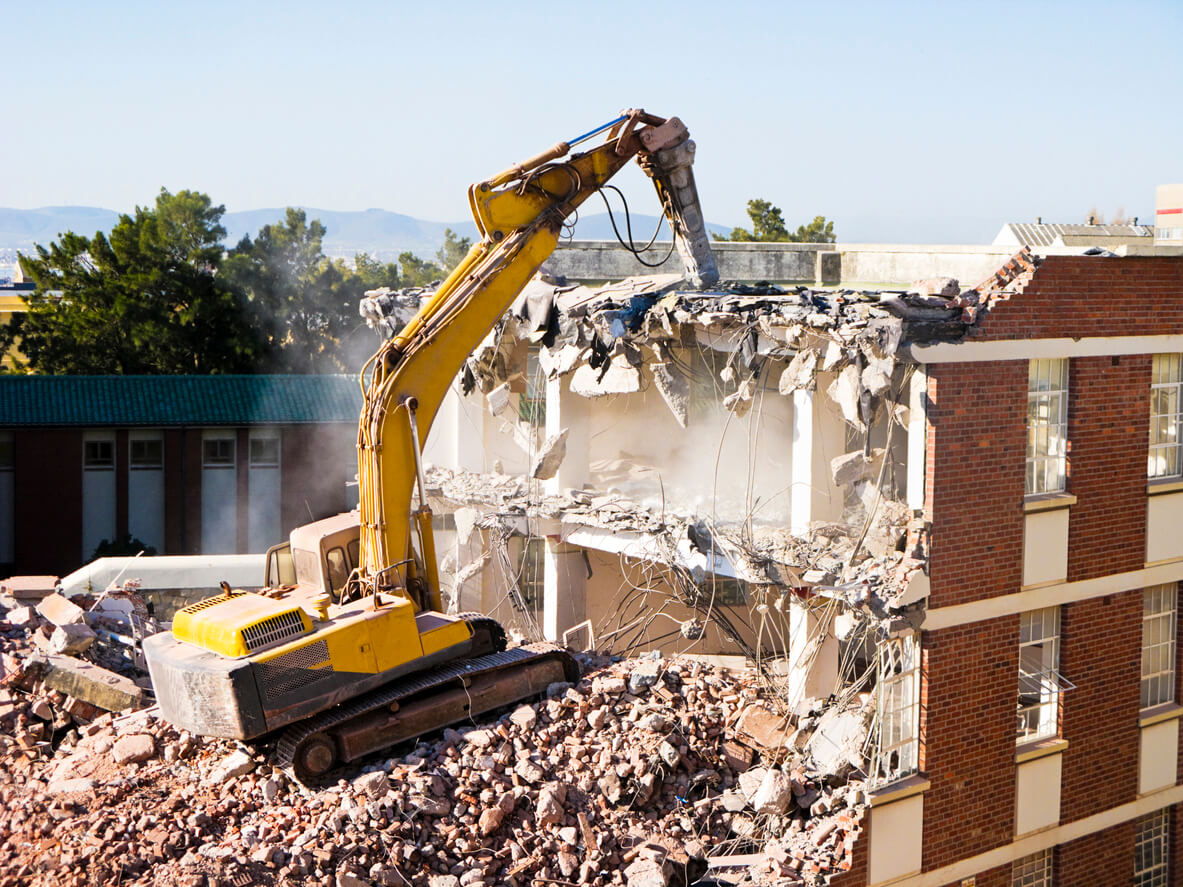What Is a Brownfield Development?
The right piece of land or property isn’t always easy to find, but once you know what different types of land and development there are, it’s easier to choose the most suitable option for your project. Ultimately, it comes down to budget, location, concept, and experience in the field. Reading up doesn’t hurt either, which is why it’s important to discuss different types of development in order to ensure you make a profit on your development. If you’re familiar with greenfield developments, you should also be familiar with brownfield developments. If not, we’ll briefly look at what a brownfield is, and what a brownfield development involves.
Brownfield Development Explained
Unlike greenfield land, brownfield sites are sites that have previously been developed. Brownfield land would either have been used for industrial or commercial purposes but is no longer in use. The land may still have existing structures, but it is likely to have been contaminated by varying concentrations of hazardous industrial waste, pollutants, or other contaminants. As a result, a brownfield development has a lot to contend with. Before you can start a brownfield development, the land will need to be decontaminated and any toxic elements cleared.
Just because previous developments on brownfield sites were industrial or commercial does not mean your new development has to be the same. There are many examples of brownfield sites being revitalised as residential properties, community parks, and more. It all depends on the location and size.
How Is Brownfield Land Cleared?
To begin a brownfield development, the site must be assessed in terms of the level of contamination. The contaminants may be found in the soil, water, or air. Various methods can be used to reduce potential health risks:
- The soil may be dug up and removed from the site.
- A barrier can be placed between the surface and the contaminants.
- Chemicals can be injected into the soil to break down the contaminants.
- Naturally occurring or adapted microbes can be added to the soil to degrade organic contaminants.
- Plants can be introduced to soak up contaminants through their roots or to release neutralising substances through their roots.
If there is any lead or asbestos on the site, they will need to be removed using specialised equipment.
The Pros and Cons of Brownfield Development
Don’t let site contamination put you off; in some instances, developing on brownfields land may actually be cheaper than developing on greenfield land. This is owing to the fact that there will be existing infrastructure on the land. Electricity, water, sewerage, and roads are already in place, saving developers money and improving profitability. The ecological impact of site decontamination also cannot be forgotten; the surrounding communities and businesses benefit from the removal of health and safety risks. Brownfield land is also typically situated in or near city centres, which makes them more likely to succeed due to their accessibility.
While brownfield developments improve communities, everything has its downside. Years of neglect may make brownfield land challenging to resuscitate. As a result, developers may have difficulty acquiring finance because the risk is higher, and construction may take more time. Unlike greenfield developments, there is limited space for growth on brownfield land.
Whether you want to develop property on greenfield or brownfield land, finding the right spot isn’t difficult. You can choose land that meets your needs with comprehensive property development software by searching for property based on your preferred criteria. Not sure how? Contact us to schedule a comprehensive demo of the Archistar platform so you can see how it can transform your future developments.


